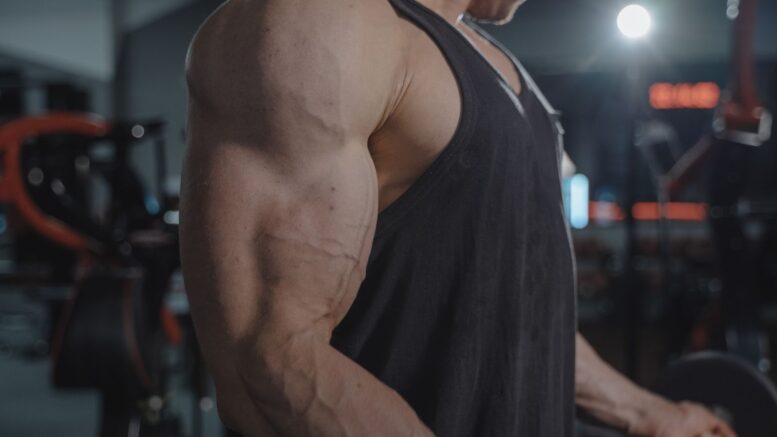From diet and heredity to resistance exercise, muscle development is a complex process impacted by many variables. Microscopically damaged muscle fibres from physical activity like resistance training set off a repair and growth response. Protein, a vital macronutrient, provides the basis for muscle growth and repair, emphasizing the need to get enough. Adequate rest and recovery time are equally important, allowing the body to heal and grow stronger. Maximizing the potential for muscle development and general muscular function requires knowledge of these basic processes. Understanding nutrition, exercise, and rest interplay can significantly enhance muscle-building efforts.
The basics of muscle growth
Many things affect muscle development, which is a complicated physiological process. Small injury to your muscle fibres during resistance exercise sets off a healing and development response. This process activates satellite cells that support muscle development and repair. Furthermore, the required building blocks for muscle synthesis are mostly supplied by sufficient nutrition, particularly by protein consumption. Sometimes people will use supplements, such as Canadian steroids, to accelerate this process of development. To maximize your muscular growth potential, you must comprehend these basic processes, whether you employ such assistance.
The role of protein in muscle building
Building muscle depends critically on protein, a macronutrient that is the foundation of muscle development and repair processes. The body produces the building blocks of muscle tissue and amino acids when it breaks down protein found in high-protein diets. Essential amino acids are particularly important for encouraging the synthesis of muscle protein. Supporting the best possible growth and repair of muscles requires ensuring that one consumes enough high-quality protein sources.
The importance of resistance training
Strength and muscular growth are most strongly stimulated by resistance exercise. When you provide resistance to your muscles—through weights, bodyweight workouts, or resistance bands—you cause tiny rips in the fibres. Over time, the body rebuilds and repairs the muscle tissue in response to this injury, which increases muscular growth and strength. Maximizing muscle development and general physical function requires regular, progressive resistance exercise.
Factors influencing muscle growth
Beyond only diet and exercise, several other variables affect the process of muscle building. Factors like age, hormone levels, genetics, and recuperation greatly influence the potential for muscular development of an individual. Genetics can determine the makeup of muscle fibres and how they react to training stimuli, affecting the speed and volume of muscular development. Growth hormone and testosterone can fluctuate with age and affect the synthesis of muscle proteins and the preservation of total muscle mass. Muscle development and repair processes must be optimized by enough rest and recovery times.
In conclusion, everyone wanting to maximize their strength and physique must know the complex mechanisms underlying muscle development. One may increase their capacity to create muscle by including resistance exercise, giving protein consumption priority, and considering things like age, genetics, and recuperation. Long-term muscle development and general muscular performance require a steady dedication to a well-rounded strategy that includes training, diet, and rest. Setting these core ideas first can help steadily improve one’s fitness quest.
